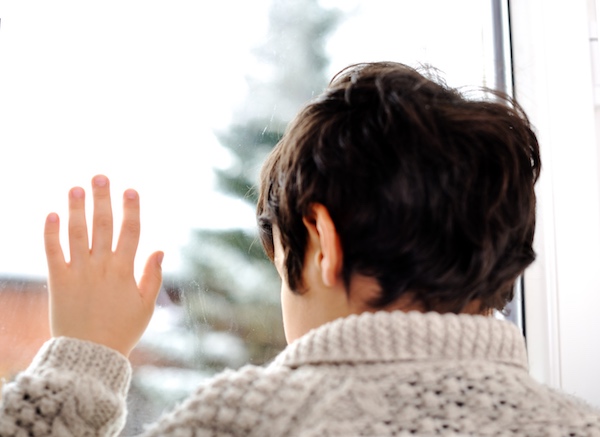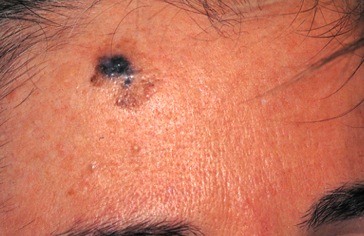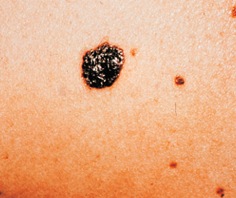Melanoma
Always being attracted to publications around anything to do with melanoma skin cancer, having experienced family tragedies that drive my interest and research, the Skin Cancer Foundation invariably provides thought provoking updates.
It seems there is more of a push than ever before to drive the skin cancer message home and it's actually not all unhappy news. Besides the complex statistics to take on board, there are also many hopeful messages.
Some of the details are highlighted below:
Melanoma strikes people increasingly younger

Melanoma is:
- The most common form of cancer for young adults 25-29 years old
- The second most common form of cancer for young people 15-25 years old
- Attacking teen tanners as the fastest-growing group of skin cancer victims
The real life dramas of these such young people diagnosed with melanoma is being told more and more frequently through social media to engage directly with the reality of their experiences, making the whole story so much more real.
Melanoma Male statistics
 Melanoma on forehead
Melanoma on foreheadSome of the statistics:
- Half all melanoma skin cancers are in men over 50
- Male deaths are increasing from the disease, whereas womens' have decreased
- Men are less likely to have skin checkups done than women
- Men are less likely to protect their skin from the sun's UV rays potential damage
- By comparison, men are outdoors far more than women - in work as well as play
Some good Melanoma stories
There are many encouraging stories told about people recovering from melanoma skin cancer.
 Typical Melanoma amongst moles
Typical Melanoma amongst molesOne such story is told about a young man who is only 26 years old. Diagnosed at 25, he considers himself extremely lucky in that he had brushed off the fact that he had a mole on his head that needed checking out.
He thought it wasn't anything to worry about, as he wasn't likely to have anything like cancer at his age plus there was no family history of cancer. Like I am sure many people do!
Well, he now advocates, as well as practices, prevention habits that include:
- wearing sunscreen every day that he is outdoors
- wearing protective clothing
- checking his body regularly for any signs of suspicious growths
New alternative therapies for Melanoma
Always keen on 'alternative' as opposed to mainstream, I was encouraged to find the FDA have approved the following 2 new therapies for Metastatic (spreading) Melanomas:
- Ipilumumab (Yervoy) focuses on the activation of 'pre-existing immune cells capable of recognizing and attacking cancer cells'.
Although this activation is done artificially through the creation of antibodies, (previously impossible to do), the concept of alerting these antibodies into doing their job appeals to me enormously.
There is a story of a man who has beaten the disease using this treatment that encourages many people to try it. However, as with all things artificial, like the dreaded Chemotherapy, it seems there are also toxic side effects to contend with.
They refer to this as "autoimmune toxicity" and up to 60% will experience this, generally through the "skin, large intestine, endocrine glands and liver".
Only 25% of these symptoms become severe and will require further treatment via corticosteroids, without which some of these side effects can actually become life threatening. - Vemurafenib (Zelboraf) is the "first molecularly targeted therapy for melanoma".
It targets a key enzyme called BRAF, which is known to mutate in approximately 50% of all melanoma cases, thereby escaping the body's natural immune system.
Medication is in pill form twice daily, with a 90% regression success over anything from 6 to 18 months. In some fortunate cases even complete disappearance of any sign of melanoma.
The down side is that the cancer seems to then start growing again as the body grows immune to the treatment.
Doctors then predominately change to another form of treatment.
Toxicities seem inevitable and range from skin rashes, increased sun sensitivity and even squamous cell carcinomas, to joint swelling and fatigue.
These 2 therapies, although taking on a new approach, are still quite toxic for the body so the after effects challenge the system further.
My preference leans heavily on the more natural, holistic approach and the following are some sites I enjoy:
- My favorite is a UK based site called Cancer Active
- Yes to Life is another Uk based site promoting a creative and positive attitude towards cancer.
- A US based site that seems to encourage similar thinking and has great support available.
Here is an interesting video that tells a story...
Understanding the stages of melanoma
The following stages helped me to understand why it's important to have anything suspicious checked out:
- In Situ: The cancer is superficial and has not invaded the skin
- Stage One: It has not invaded the skin and is less than 1mm thick
- Stage Two: It has yet to spread but is at least 1mm thick
- Stage Three: It has spread from the original site, to either the local lymph nodes or the skin between the primary tumour and nearby lymph nodes.
- Stage Four: It has spread to distant lymph nodes, limbs or internal organs
NB: Anything In Situ or Stage One has a greater than 80% chance of survival 5 years after prognosis.
Are Melanoma statistics different in Europe to USA?
Some facts that surprised me about the status of melanoma cancers in Europe include:
- 21,000 people die from the disease every year in Europe
- This is more than double those in the USA and almost half ALL related deaths worldwide
- Europe traditionally has not had a solid education program about Skin Cancer, or Melanoma specifically
Understandably the Skin Cancer Foundation has taken these stats on board and encouraged new organizations to start up relatively recently to share their information about skin cancer awareness.
Key ones are:
- Euromelanoma - a pan-European skin cancer awareness program
- Epiderm and Eurosun - research companies
- The European Partnership for Action against Cancer
- The Romanian Skin Cancer Foundation




New! Comments
Have your say... please leave me a comment in the box below.